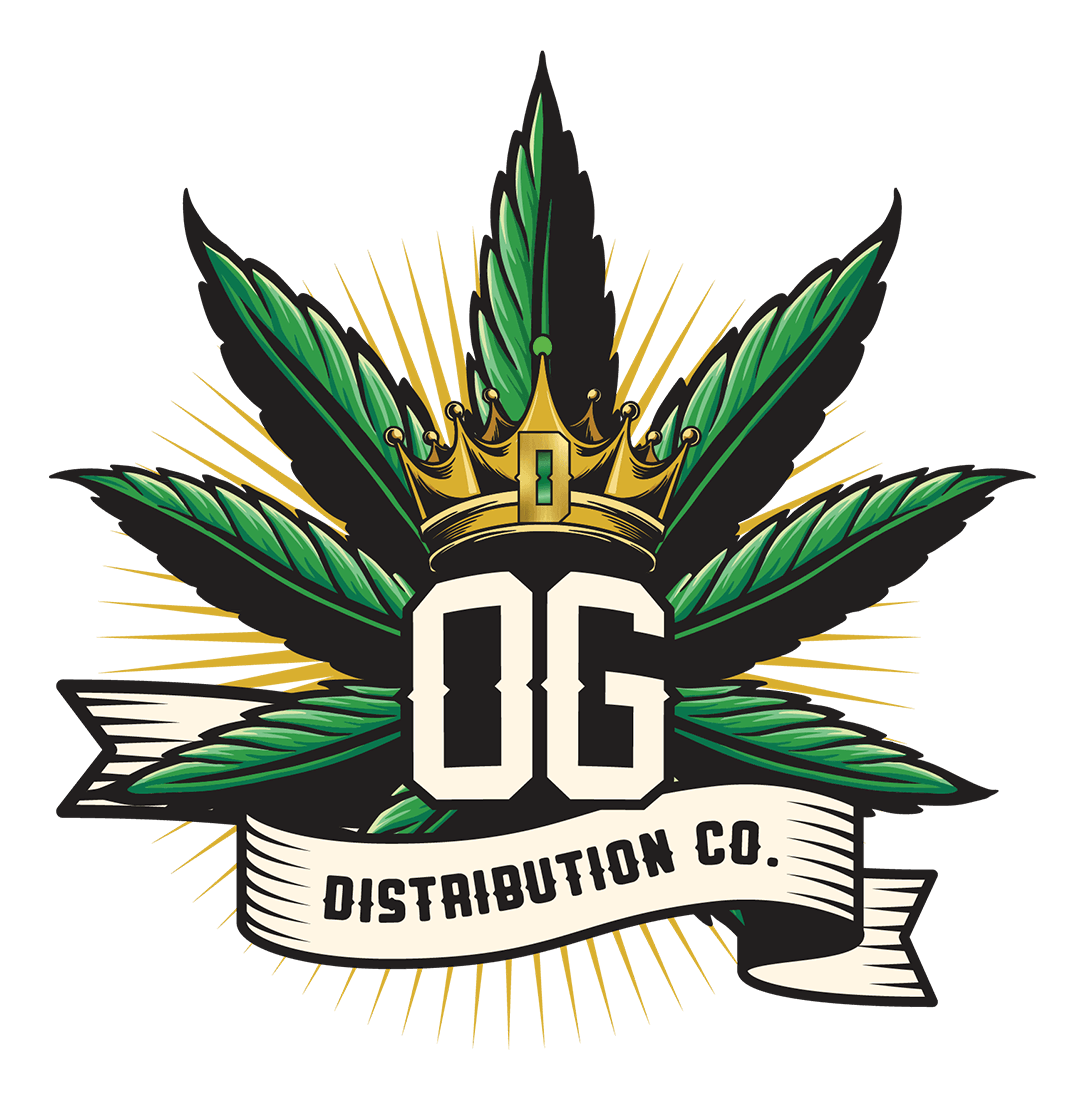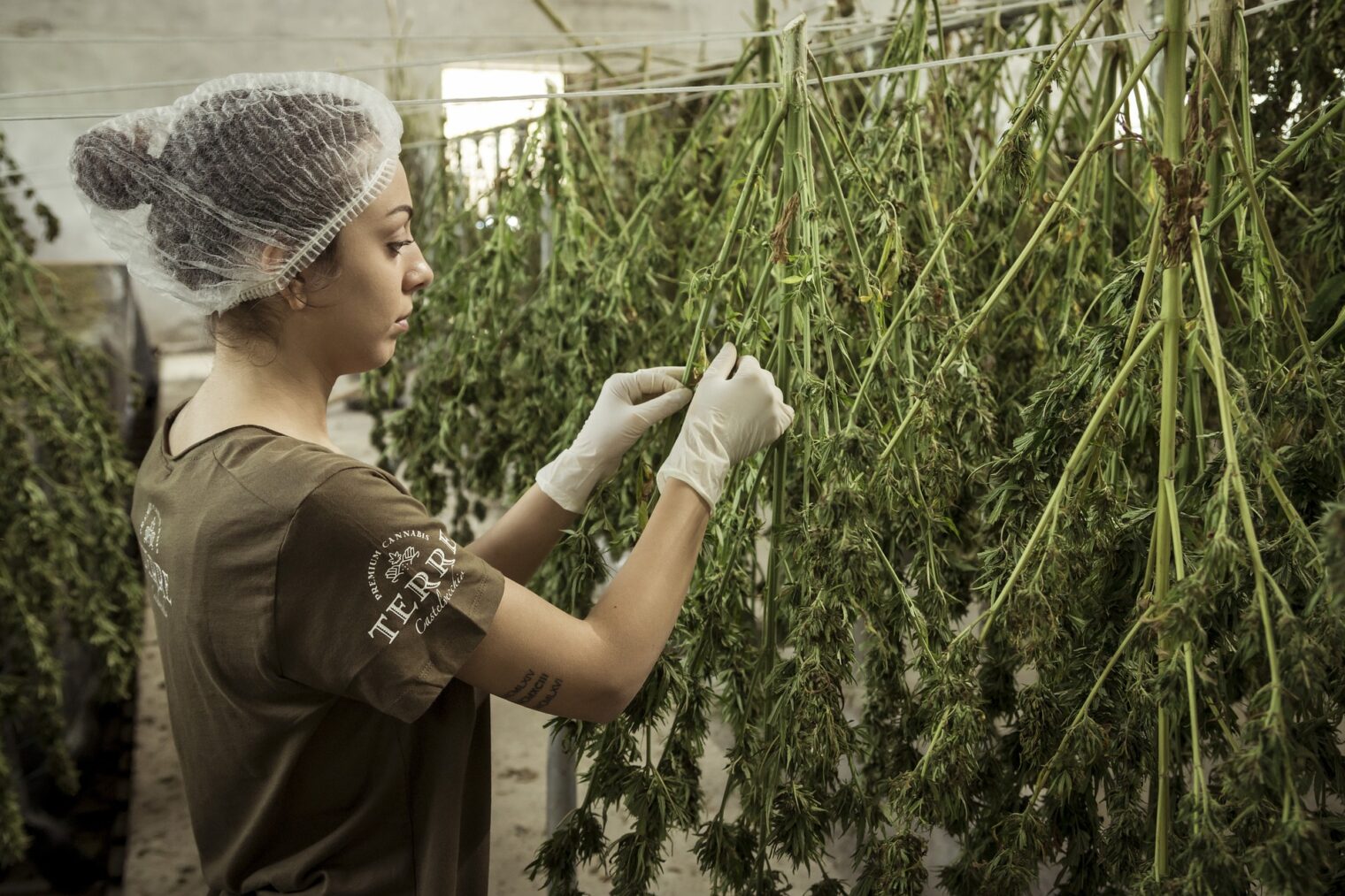Is Weed in Thailand Good or Second Rate?
I constantly get asked is weed in Thailand good or second rate? It’s as good or bad as any country that has legalized cannabis. It all depends which Thai weed dispensary that you buy it from! But there is much more to it than that.
Thailand! A land of pristine beaches, delicious street food, bustling cities, and… cannabis? Yes, indeed. Thailand, a country renowned for its strict drug laws, has been undergoing a sea change in its approach to cannabis. With the recent legalization of medical marijuana and the gradual loosening of regulations, there has been a resurgence of interest in the quality of Thai weed. The question on everyone’s mind, however, is this – is the quality of weed in Thailand good, or is it second rate?
To answer this question, we need to take a journey through the annals of history, delve into the current cannabis scene in Thailand, analyze the factors affecting the quality of Thai cannabis, and compare it with other regions worldwide. Only then can we have a comprehensive understanding of the quality of cannabis in Thailand and what the future might hold.
Now, let’s set the stage…
Thailand has a long and complicated relationship with cannabis. Historically, cannabis was widely used in Thailand for medicinal, recreational, and even culinary purposes. However, in the 1930s, under international pressure, Thailand criminalized cannabis, and it became one of the many countries worldwide to adopt a strict stance against drugs. Fast forward to 2018, and Thailand became the first Southeast Asian country to legalize medical marijuana, opening the door to a new era of cannabis in the country.
While this was a significant step forward, it also brought up a myriad of questions. One of the most pressing ones being the quality of the cannabis available in the country. For years, Thailand has been known for its “Thai stick,” a term used to describe the local cannabis, which was, unfortunately, associated with low quality and a high level of contamination. The legalization of medical marijuana brought with it stricter regulations and an emphasis on quality, but is it enough to change the perception and reality of Thai cannabis?
In this blog, we will dissect every aspect of this question…
We will explore the historical background of cannabis in Thailand and its impact on the present scenario. We will dive into the current cannabis scene in the country, from the legal framework to the available strains, and the overall market dynamics. We will analyze the various factors affecting the quality of Thai cannabis, including the cultivation methods, climate, and the genetics of the plants. Answering the question Is weed in Thailand good or bad should be easy after covering some of these subjects.
I will also compare Thai cannabis with that of other regions, to see where it stands on the global stage. Finally, we will look into the crystal ball and discuss the future of cannabis quality in Thailand and what it means for consumers, both local and international.
So, buckle up, and let’s embark on this journey together. It’s going to be a wild ride, full of twists and turns, but by the end of it, we will have a much clearer picture of is Weed in Thailand good or second rate. Let’s dive in!
Historical Background of Cannabis in Thailand
Let’s jump into our time machines and take a trip back to the past, shall we? Cannabis, or ‘ganja’ as it is locally known, has a long and storied history in Thailand. For centuries, this green herb was deeply embedded in the Thai culture and was used widely for medicinal, recreational, and even spiritual purposes.
It was a common ingredient in traditional Thai medicine and was used to treat a variety of ailments, from pain and fatigue to asthma and digestive issues. Moreover, it was also a key ingredient in Thai cuisine, and its seeds were used as a source of food and oil. Quite the multitasker, don’t you think?
However, the winds of change began to blow in the 1930s when Thailand, influenced by the international anti-drug movement, made the decision to criminalize cannabis. In a sweeping move, the 1934 Narcotic Act classified cannabis as a type V narcotic, putting it in the same category as hard drugs like heroin and cocaine. The once revered herb became a taboo, and its use, possession, or cultivation became punishable by law. For decades, Thailand adopted a strict stance on drugs, and cannabis was no exception.
The evolving perception of cannabis in Thailand…
The perception of cannabis took a further hit in the 1970s and 1980s when Thailand became a major hub for drug trafficking in Southeast Asia. The infamous ‘Golden Triangle,’ an area overlapping the borders of Thailand, Laos, and Myanmar, became synonymous with the production and trafficking of opium and its derivatives.
Cannabis, though not as lucrative as opium, was also grown and trafficked in large quantities. However, the quality of the cannabis produced during this time was notoriously poor, earning Thai cannabis a bad reputation worldwide. The term ‘Thai stick,’ once used to describe the high-quality cannabis from Thailand, became associated with low-grade, contaminated weed. Not exactly a badge of honor.
Fast forward to 2018…
A landmark decision by the Thai government changed the course of cannabis history in the country. Thailand became the first Southeast Asian nation to legalize medical marijuana, recognizing the potential benefits of cannabis for medical purposes and its economic potential. The Government Pharmaceutical Organization (GPO) was tasked with overseeing the production and distribution of medical cannabis, and strict regulations were put in place to ensure the quality and safety of the cannabis produced. This was a significant step towards changing the perception of cannabis in Thailand and improving its quality.
Today, the cannabis landscape in Thailand is evolving rapidly. With the legalization of medical marijuana, there has been a surge of interest in cannabis cultivation, research, and development. Local farmers, researchers, and entrepreneurs are working diligently to improve the quality of Thai cannabis and bring it up to international standards. While there is still a long way to go, the future looks promising.
So, now that we have a good understanding of the historical context, let’s dive into the current cannabis scene in Thailand and see what’s shaking, shall we? This could quickly answer the question Is weed in Thailand good or bad?
The Current Cannabis Scene in Thailand
Alright, my friends, let’s hop back into the present day and take a closer look at what’s happening on the ground. The legalization of medical marijuana in 2018 marked a new chapter in Thailand’s cannabis journey. While recreational use remains illegal, the medical marijuana market has been burgeoning, and there is a palpable sense of excitement in the air.
First things first, let’s talk about the legal framework. The Thai government has laid down strict regulations for the cultivation, production, and distribution of medical cannabis. Only authorized entities, such as the Government Pharmaceutical Organization (GPO), hospitals, and research institutions, are allowed to cultivate and produce cannabis products.
Individual farmers can also apply for a license to grow cannabis, but the process is quite stringent, and there are specific criteria that need to be met. The idea is to ensure that the cannabis produced is of the highest quality and meets the international standards.
Now, let’s dive into the strains…
The best way to answer Is weed in Thailand good or bad is to look at the strains on offer. Thailand is home to some indigenous strains of cannabis that have been cultivated for generations. Thai landraces, such as ‘Thai Stick’ and ‘Chocolate Thai,’ are renowned for their unique characteristics and have been sought after by cannabis connoisseurs worldwide. However, as we mentioned earlier, the quality of Thai cannabis suffered during the years of prohibition. With the legalization of medical marijuana, there has been a concerted effort to revive and improve these indigenous strains.
Researchers and cultivators are working hand in hand to enhance the genetic quality of Thai cannabis, optimize cultivation techniques, and develop new strains with specific medical properties.
The government is also actively promoting research and development in the cannabis sector. Universities and research institutions are encouraged to conduct studies on the medical properties of cannabis, and there is a push to develop cannabis-based medicines and wellness products. This research-driven approach is key to unlocking the full potential of Thai cannabis and ensuring its place in the global market. I hope this answers Is weed in Thailand good or bad.
Growing interest in Thailand cannabis tourism…
There is a growing interest in cannabis tourism in Thailand. While it is still in its nascent stages, the government has expressed its intention to develop Thailand as a hub for cannabis wellness tourism. Special clinics offering cannabis-based treatments and wellness products are being set up in major tourist destinations, and there is a push to educate the public and the international tourists about the benefits of medical cannabis.
Is Weed in Thailand Good?
However, it’s not all sunshine and roses. There are still challenges that need to be addressed. The legal framework, while progressive, is still quite strict, and there are calls for further liberalization. There is also a need for more public awareness and education about the benefits and safe use of medical cannabis. Moreover, there are concerns about the affordability and accessibility of medical cannabis for the local population.
In a nutshell, the current cannabis scene in Thailand is dynamic and evolving. Is weed in Thailand good or bad? It’s pretty goddamn good! You can expect to buy high-quality weed in Thailand just like in California, Canada, Amsterdam and Colorado.


